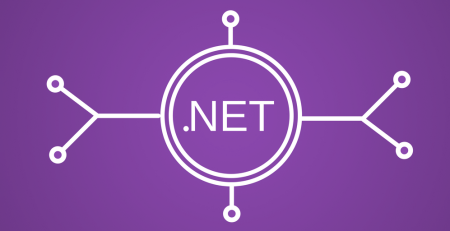Everything You Should Know About Staff Augmentation
Staff augmentation is a business strategy that involves outsourcing certain job functions or hiring temporary employees to supplement a company’s existing workforce. This approach allows organizations to increase their capacity and capabilities without committing to a full-time hire, and it can be an effective way to address skills shortages, meet project demands, and improve efficiency.
There are several benefits to using staff augmentation as a business strategy. One of the main advantages is the ability to scale up or down quickly and efficiently. This is particularly useful for businesses that experience fluctuating workloads or need to meet project deadlines. With staff augmentation, you can bring in skilled professionals on a temporary basis to meet your needs without having to go through the lengthy hiring process.
Another benefit of staff augmentation is the ability to access a wide range of skills and expertise. By outsourcing certain job functions, you can tap into the expertise of professionals who have specialized knowledge and experience in a particular area. This can be especially useful for businesses that don’t have the resources to hire full-time employees with specific skillsets.
In addition to these benefits, staff augmentation can also help businesses save money. By outsourcing certain job functions, you can avoid the costs associated with hiring and training full-time employees. This includes benefits, salaries, and other overhead costs.
There are a few different types of staff augmentation models to consider, each with its own unique set of benefits and drawbacks. One common model is the project-based approach, in which temporary employees are brought in specifically to work on a particular project or task. This can be an effective way to meet short-term demands or to fill a skills gap on a specific project.
Another common staff augmentation model is the on-demand approach, in which temporary employees are brought in as needed to support the business on an ongoing basis. This model is often used to address staffing shortages or to provide additional support during busy periods.
A third model is the dedicated team approach, in which a group of temporary employees is brought in to work on a specific project or task as a team. This model can be particularly useful for businesses that need to ramp up quickly or that have a large project that requires a dedicated team.
No matter which staff augmentation model you choose, it’s important to clearly define the roles and responsibilities of the temporary employees and to provide them with the necessary support and resources to be successful. This includes providing clear communication channels, establishing performance expectations, and providing ongoing feedback and support.
It’s also important to carefully select and manage the temporary employees you bring on board. This includes conducting thorough background checks and referencing to ensure that you’re hiring skilled and reliable professionals. In addition, you should establish clear lines of communication and regularly check in with the temporary employees to ensure that they have the support and resources they need to be successful.
Overall, staff augmentation can be a valuable business strategy for organizations that need to increase their capacity and capabilities without committing to a full-time hire. By outsourcing certain job functions or hiring temporary employees, businesses can access a wide range of skills and expertise, scale up or down quickly, and save money on benefits and other overhead costs. By carefully selecting and managing the temporary employees you bring on board and providing them with the necessary support and resources, you can effectively leverage the benefits of staff augmentation to meet your business goals.













Leave a Reply